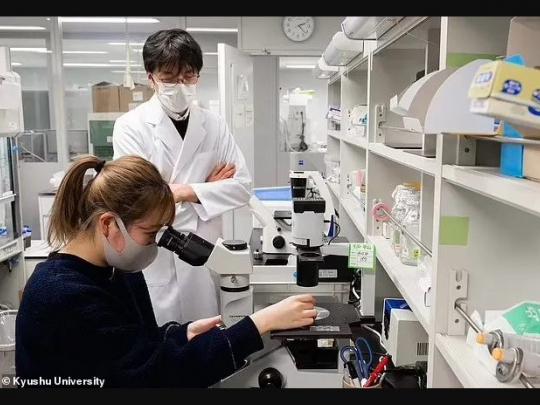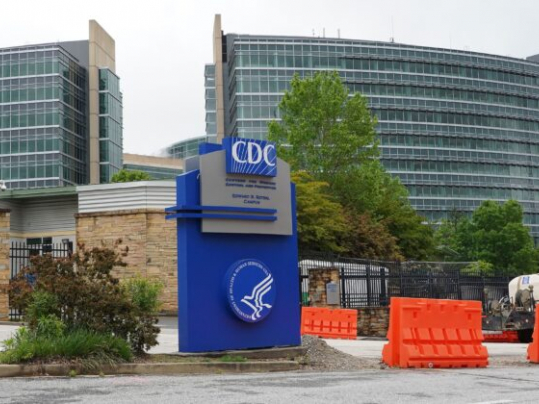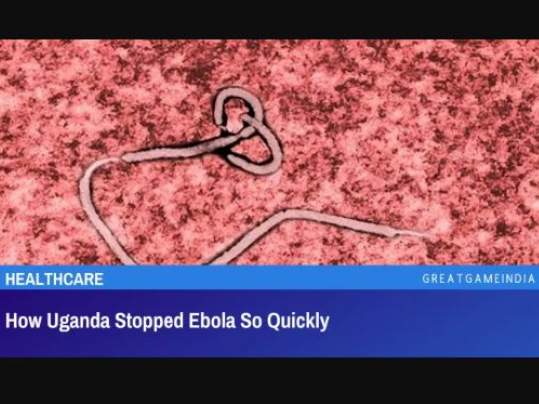Documents Show Wuhan Lab Recently Assembled Monkeypox Strains Creating Contagious Pathogens

The Wuhan Institute of Virology admitted that its premises lacked basic laboratory safety measures while undertaking comparable research on strains of killer bat coronaviruses that could potentially infect individuals. Now, explosive documents show that the Wuhan lab recently assembled monkeypox strains creating contagious pathogens.
The Wuhan Institute of Virology built a monkeypox virus genome, enabling the virus to be detected by PCR tests, employing a technology that scientists have warned could result in the creation of a “contagious pathogen.”
The paper (read below) was first published in February 2022, just months before the most recent international outbreak of monkeypox cases, which has now spread to the United States.
The report, written by nine Wuhan Institute of Virology experts and published in the lab’s quarterly scientific journal Virologica Sinica, also follows the widespread usage of Polymerase Chain Reaction (PCR) tests to detect COVID-19-positive patients.
In the study “Efficient Assembly of a Large Fragment of Monkeypox Virus Genome as a qPCR Template Using Dual-Selection Based Transformation-Associated Recombination,” scientists seemed to recognize a part of the monkeypox virus genome, allowing PCR testing to detect the virus.
Monkey pox viruses, or “MPXVs,” contain strains that are “more pathogenic and [have] been reported to infect humans in various parts of the world,” according to the article.
“Quantitative polymerase chain reaction (qPCR) is the gold standard for the detection of orthopoxvirus (including MPXV). For pan-orthopoxviruses detection, the E9L (DNA polymerase) gene has been shown to be an excellent target for qPCR assays.
For MPXV detection, Li et al. reported that the C3L (complement-binding protein) gene could be used as the qPCR target for the MPXV Congo Basin strain,” mentioning that China lacks sufficient genetic information on the pathogen for PCR detection, the paper explained.
“Since MPXV infection has never been associated with an outbreak in China, the viral genomic material required for qPCR detection is unavailable. In this report, we employed dual-selective TAR to assemble a 55-kb MPXV genomic fragment that encompasses E9L and C3L, two valuable qPCR targets for detecting MPXV or other orthopoxviruses.”
“The primary purpose of assembling a fragment of the MPXV genome is to provide a nucleotide template for MPXV detection,” said the study, which used the TAR (transformation-associated recombination) technique to isolate a genomic segment of the monkeypox virus.
“As an efficient tool for assembling large DNA fragments up to 592 kb in length, TAR assembly has become essential for preparing infectious clones of large DNA/RNA viruses,” explained researchers.
The paper recognized that TAR “applied in virological research could also raise potential security concerns, especially when the assembled product contains a full set of genetic material that can be recovered into a contagious pathogen.”
“In this study, although a full-length viral genome would be the ideal reference template for detecting MPXV by qPCR, we only sought to assemble a 55-kb viral fragment, less than one-third of the MPXV genome. This assembly product is fail-safe by virtually eliminating any risk of recovering into an infectious virus while providing multiple qPCR targets for detecting MPXV or other Orthopoxviruses,” researchers speculated.
The finding comes after the Wuhan Institute of Virology admitted that its premises lacked basic laboratory safety measures while undertaking comparable research on strains of bat coronaviruses that could potentially infect individuals.
Experts have recently raised concerns about the growing dangers posed by the production of deadly diseases in laboratories, which could be unleashed into the wild either accidentally or deliberately by unscrupulous actors.
While it is conceivable that the disease was first spread in Africa, scientists believe that what is occurring now is unprecedented. African scientists are baffled by monkeypox cases in Europe and the US.
“I’m stunned by this. Every day I wake up and there are more countries infected,” said Oyewale Tomori, a virologist who previously served as the president of the Nigerian Academy of Science and now serves on various WHO advisory committees.
“This is not the kind of spread we’ve seen in West Africa, so there may be something new happening in the West,” he said.
Meanwhile, a report has warned of a new pandemic warning after 250 million people died of a genetically modified strain of monkeypox in a war game simulation similar to Event-201 conducted just before COVID-19 hit the world.
- Source : GreatGameIndia



















